#tourisim
Text
As someone who lives outside the UK, I find it so hilariously wild when "the monarchy brings in tourism" is used as a reason to keep this random family in power.
Tourists are not going to see or meet members of the royal family, it's not a Disney meet and greet situation.
Tourists visiting places of importance like Windsor and Buckingham Palace does not require an active monarchy to fuck over the working class.
If anything, I would be MORE compelled to visit England if the monarchy were abolished and the public were allowed to view the miriad of art the royal family have hidden away.
Visiting Versailles and being able to enter much better for tourism than if you could only look at it from outside because some nepo baby lives there.
So for anyone quaking in their boots about tourism post-abolition, worry not, tourists will come because seeing the monarchy was never the point in the 1st place.
8K notes
·
View notes
Text
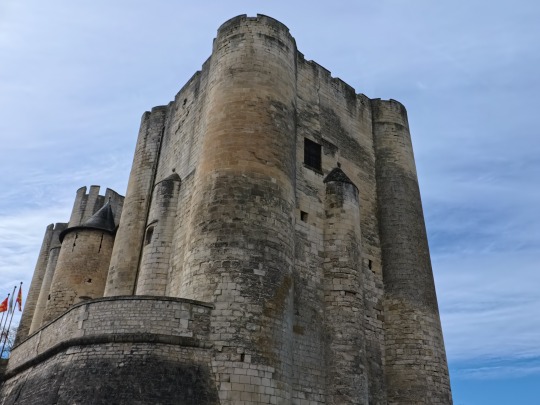
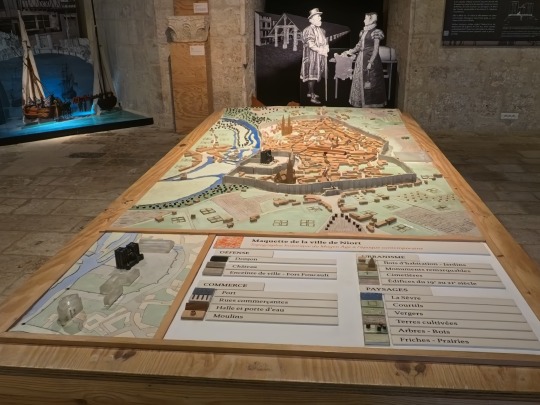
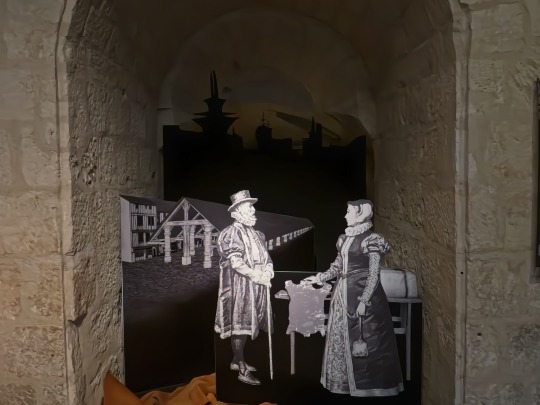

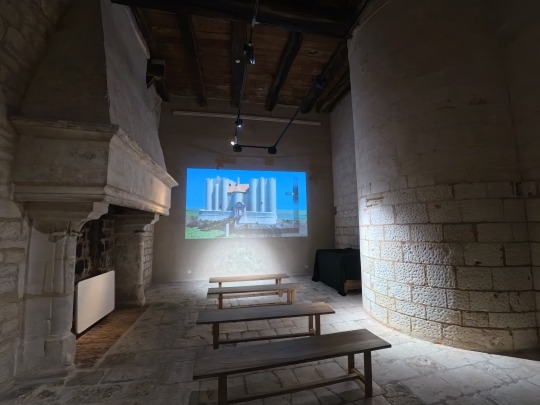
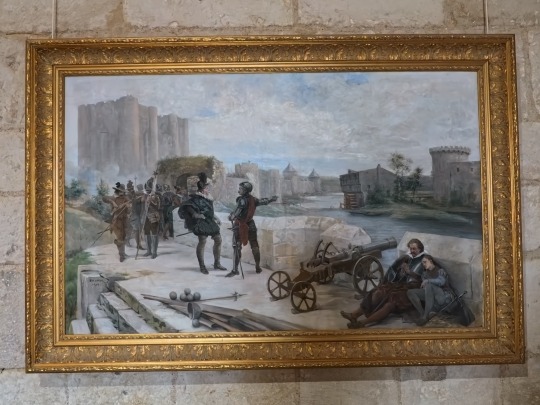
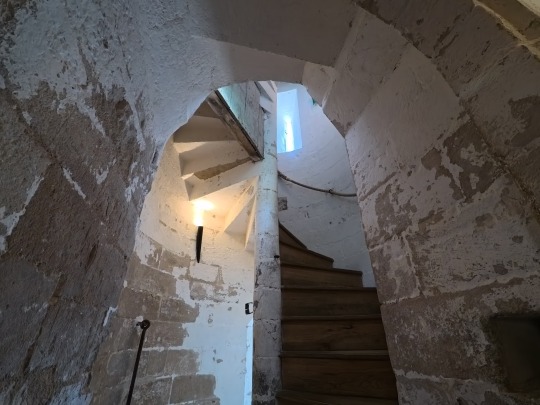
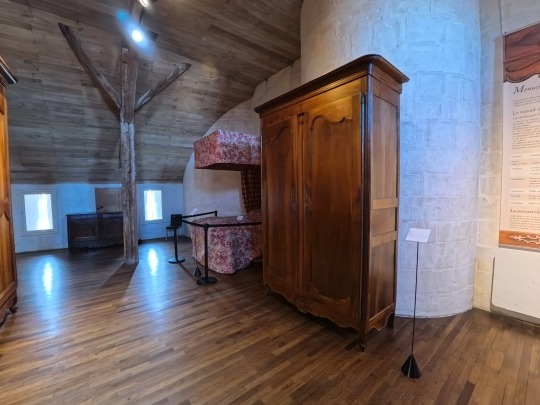



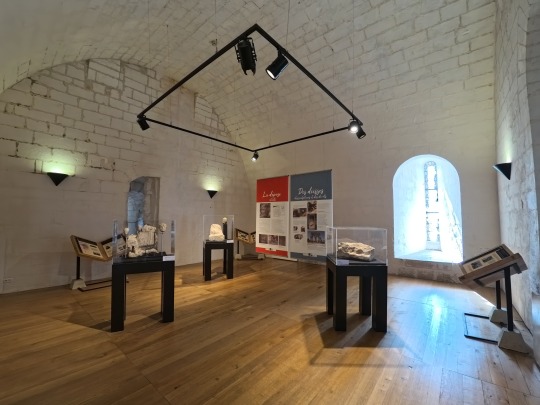

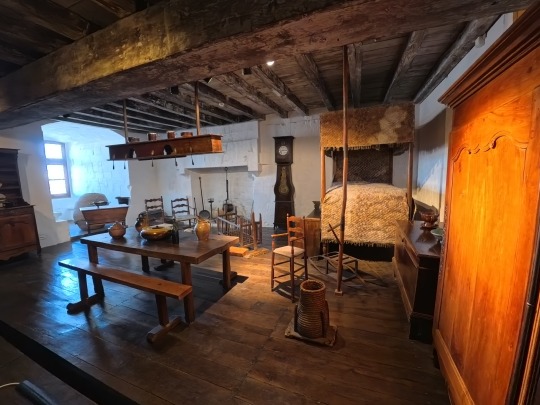
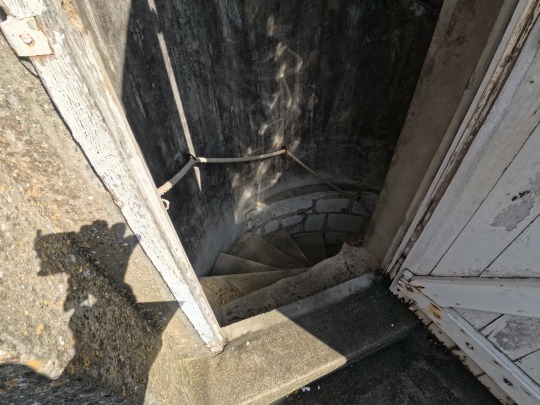
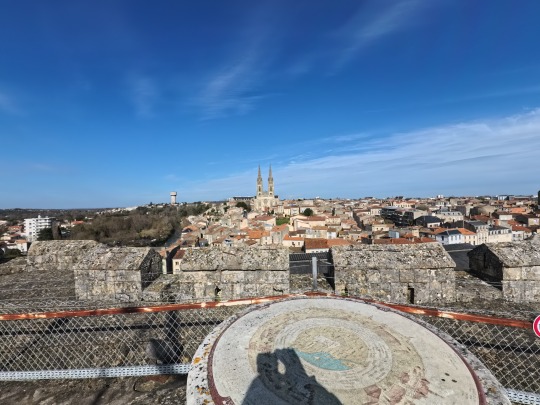
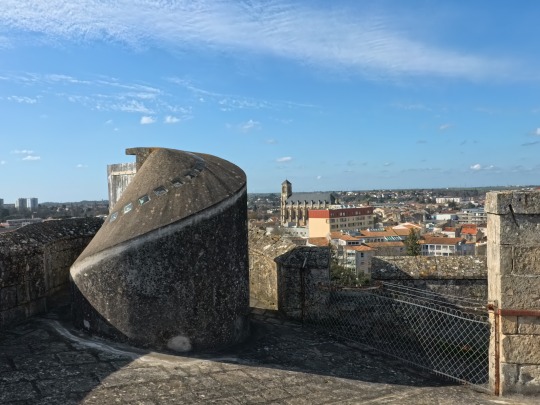
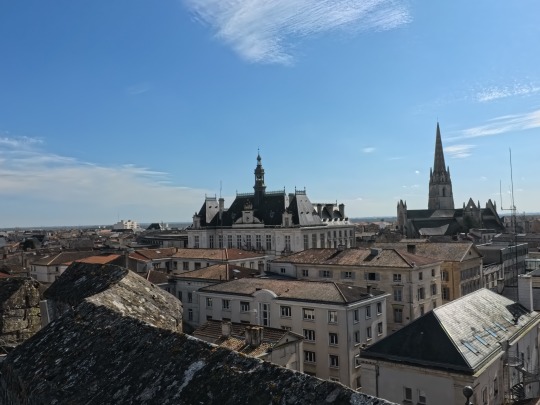

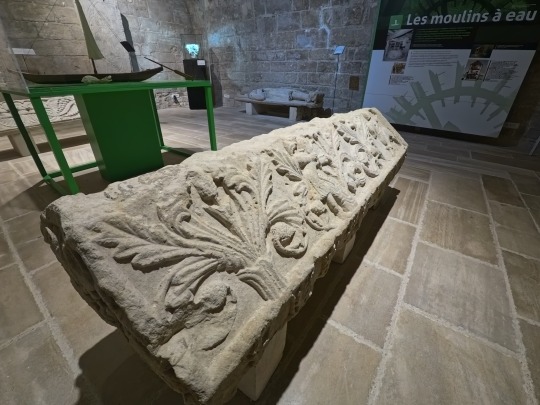

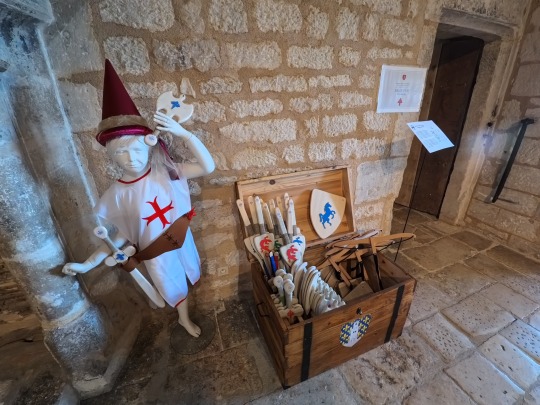

Exploration du donjon de Niort : une ancienne prison
Vidéo:
youtube
#visite#donjon#chateau#prison#touristique#tourisme_niort#histoire_niort#decouverte_niort#niort#explorationintrigante#tourism#france#exploration#youtube#photography#explore#histoire#historic#history#tourisim#Youtube
77 notes
·
View notes
Text
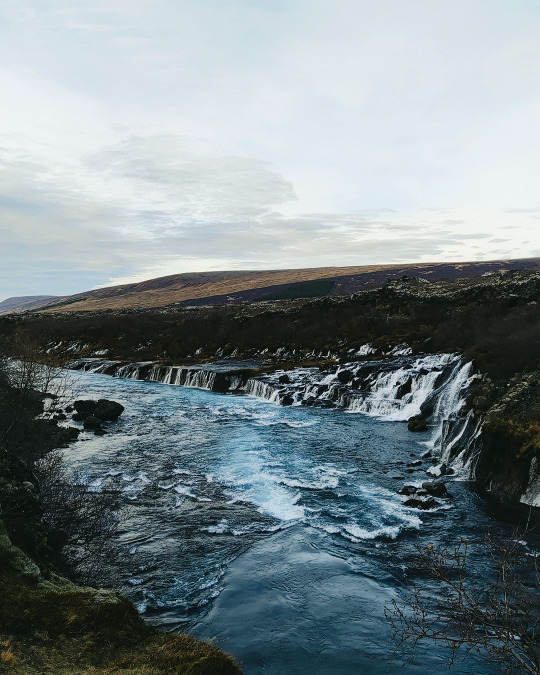
I C E L A N D - november 2023
#travel#solotravel#travel photography#traveling#tourisim#tour#ring road#ring road iceland#landscape#Barnafoss#Barnafoss waterfalls#waterfalls#blue water#pure water#iceland#europe#europe travel#europe trip
139 notes
·
View notes
Text

Click the photo to see more pics
Moroccan Elegance: Palm trees Against Ornate Architecture
#Jardin majorelle#Garden#flowers#blue walls#tranquility#Morocco#palm trees#Travel#oasis#nature#plants#architecture#design#interiordecor#artisanat#handmade#pool#traditional houses#cultural#culture#traveling#tourism#tourisim#tourist
47 notes
·
View notes
Photo

From the Bus (Plymouth Dealership), 1958. Robert Frank, 1924-2019. Gelatin silver print.
#Black and White#robert frank#photography#Cars#photographie#pop culture#street scene#city scenes#tourisim#futurism#foto#fotografia#fotografie#1950s
322 notes
·
View notes
Photo
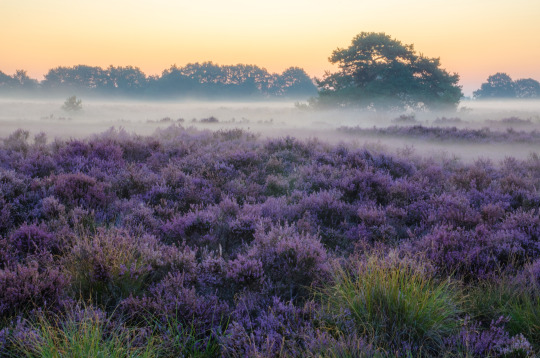
Exloo - Netherlands (by Rene Mensen)
#Exloo#Netherlands#Niederlande#Holland#Europe#Nature#Landscape#Outdoor#Flowers#Photography#Rural#Countryside#Travelling#Traveling#travel#tourisim#holiday#Urlaub#Reisen
399 notes
·
View notes
Text
Island Coffee Traders Association 🇯🇲
6 notes
·
View notes
Text

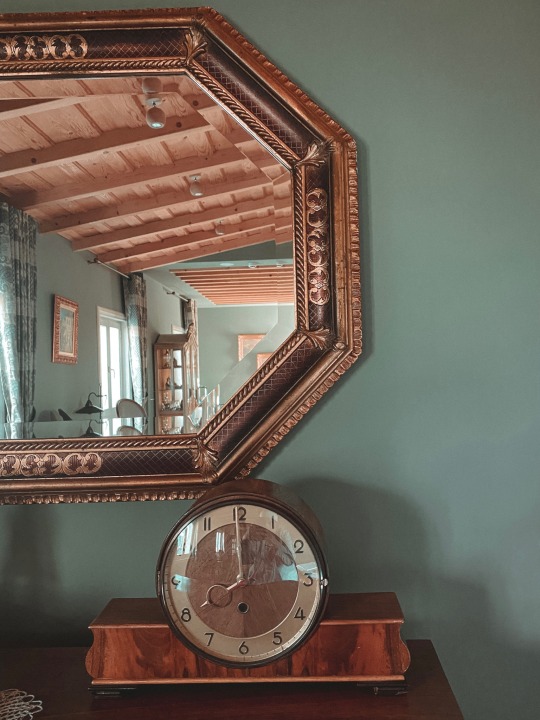


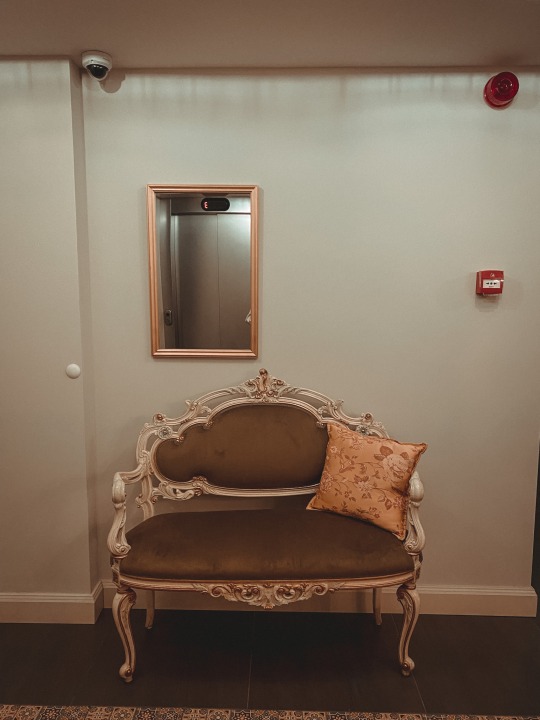
Vintage vibes.
Çoçja Boutique.
61 notes
·
View notes
Text


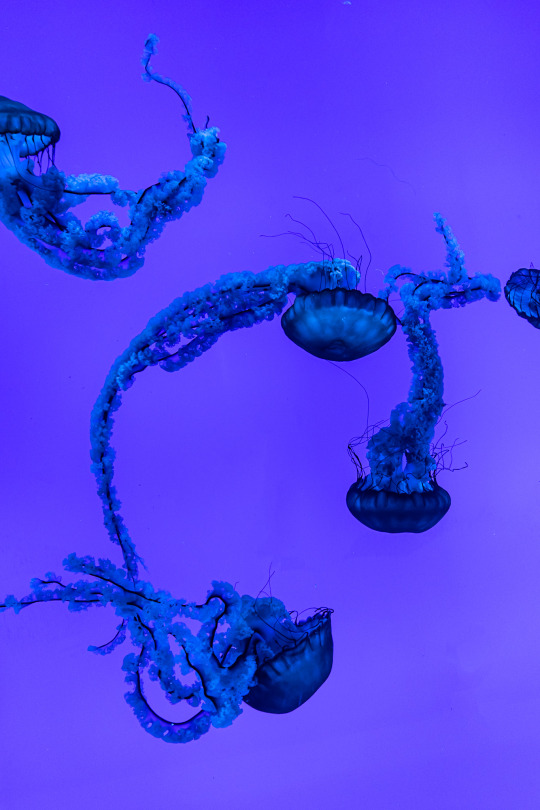

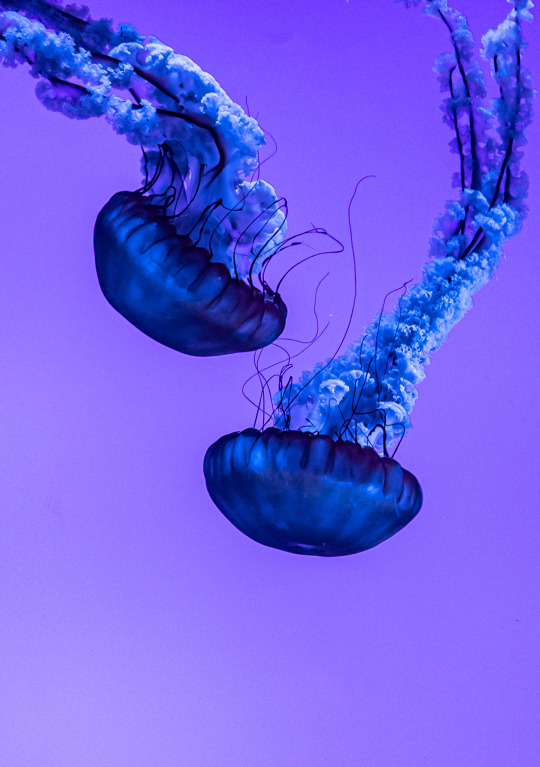

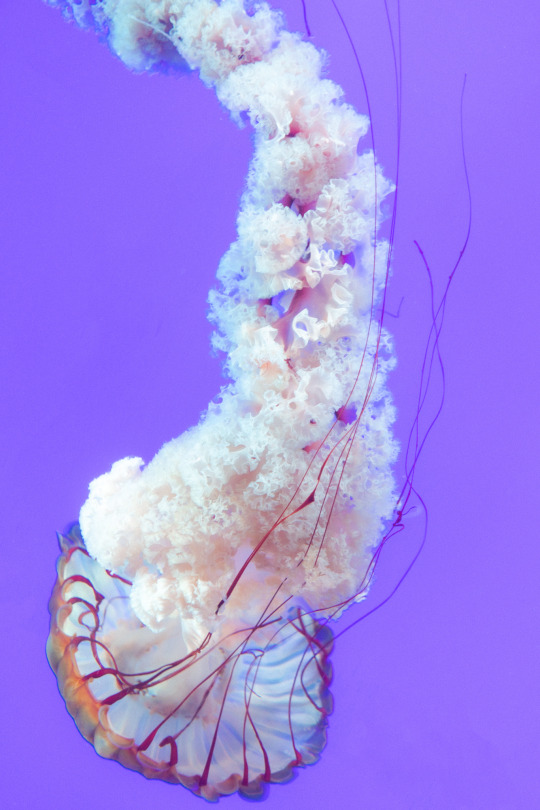
Toronto Ripley's Aquarium
#photography#aquarium#toronto#jellyfish#tourisim#datenignt#lifephotography#adventure#aesthetic#explore
30 notes
·
View notes
Text

BÜYÜK MECİDİYE CAMİİ (Ortaköy Camii)
Büyük Mecidiye Camii ya da halk arasında bilinen adı ile Ortaköy Camii, İstanbul Boğaziçi’nde Beşiktaş ilçesinin, Ortaköy semtinde sahilde bulunan Neo Barok tarzında bir camiidir.
Cami, Sultan Abdülmecid tarafından Ermeni asıllı Mimar Nigoğos Balyan’a 1853 yılında yaptırılmıştır. Oldukça zarif bir yapı olan cami Barok üslubundadır. Boğaziçi’nde eşsiz bir konuma yerleştirilmiştir. Bütün selatin camilerinde olduğu gibi harim ve hünkar bölümü olmak üzere iki kısımdan oluşur. Geniş ve yüksek pencereler Boğaz’ın değişken ışıklarını caminin içine taşıyacak biçimde düzenlenmiştir.
Merdivenle çıkılan yapının tek şerefeli iki minaresi vardır. Duvarları beyaz kesme taştan yapılmıştır. Tek kubbenin duvarları pembe mozaiktendir. Mihrap mozaik ve mermerden, minber ise somaki kaplı mermerden yapılmıştır ve ince bir işçiliğin ürünüdür.
Vakıflar Genel Müdürlüğü tarafından 2011 ile 2014 arasında yaklaşık üç yıl süren restorasyon çalışmaları 06 Haziran 2014 tarihinde tamamlanmış ve cami zamanın başbakanı şu anki Cumhurbaşkanımız Recep Tayyip Erdoğan'ın katıldığı tören ile yeniden ibadet ve ziyarete açılmıştır.
192 notes
·
View notes
Text
This is a visit to Kinneil House in Bo'ness in central Scotland. It's an historic mansion built in 1677 on the remains of a 15th or 16th century towerhouse. The building was saved from destruction in 1936 when 16th century mural paintings were discovered and it's now in the care of Historic Environment Scotland. We really enjoyed visiting! 😀
youtube
#walking tour#youtube#scotland#visitscotland#edinburgh#landscape#tourism#outdoors#kinneil house#kinneilhouse#mansion#historic house#historic mansion#glasgow#bo'ness#visitedinburgh#visitgb#historical sites#historic scotland#stately home#tourist#tour#tourisim#travel recommendations#travel video#travel vlog#travel videos#tourist guide#nature#scottish history
4 notes
·
View notes
Text
Futuroscope 2024 Maison a l'envers et Objectifs Mars
youtube






Visite du Futuroscope en 2024.




#youtube#Futuroscope#tourist attraction#visit#explore#photography#my photos#art digital#future#france#tourisim
19 notes
·
View notes
Text
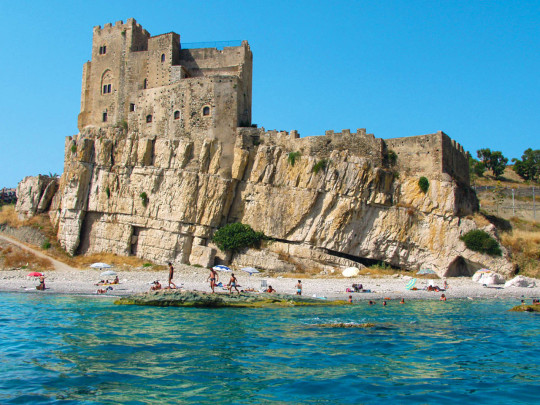

The Castle of Roseto Capo Spulico in Calabria Italy
10 notes
·
View notes
Text

How Vegas learned to stop worrying and love the Bomb!
🎰☢️🎰
#history#las vegas#nevada#atomic bomb#fallout#american history#new vegas#1950s#1960s#atomic age#cold war history#atomic tourism#atomic cocktail#nuclear testing#united states#video game history#miss atomic bomb#fallout tv show#sin city#radiation#american west#tourisim#mushroom cloud#american culture#cold war#dawn bomb parties#nickys facts
2 notes
·
View notes
Text
Ancient Egyptian Gods: A Pantheon Wrapped in Mystery
Ancient Egyptian Gods: A Legacy of Divine Influence
The land of Egypt stands as a timeless testament to a civilization deeply immersed in a world where gods and goddesses reigned supreme. Amidst the golden sands and monumental pyramids, the Ancient Egyptians cultivated a rich polytheistic tapestry, serving an array of deities that shaped every aspect of their existence. The epoch of polytheism thrived save for Pharaoh Akhenaten's fleeting call to monotheism, which ultimately returned to the traditional worship of a multitude of divine entities, roughly totaling 2000 recognized gods and goddesses.
The Divine Hierarchy and Their Influence on Society
In the lives of the Ancient Egyptians, the gods were ever-present. Interacting with the divine was a part of daily life, influencing everything from fertility to the passage into the afterlife. The divine hierarchy was tiered with local gods associated with specific towns and national gods revered across the empire. Rituals of adoration and grand festivals honored the deities, seeking their favor and goodwill.
Deities of Renown: The Core of Egyptian Belief
Among the revered, Amun stood tall as a creator deity, ascending to the status of a national god when Thebes rose to capital prominence. Merging with Ra, the sun deity, he formed Amun-Ra, embodying creation, wind, and hidden mysteries. Ra, with his falcon head, fathered the pantheon, a ruler amongst gods.
Geb: Geb, the god of the earth, was a pivotal figure in the Ancient Egyptian pantheon. Revered as the husband of the sky goddess Nut, he represented the fertile lands and was often depicted with green skin symbolizing vegetation. Geb could be both a benevolent provider, offering the nutrients necessary for agriculture, and a destructive force during earthquakes. He was a key player in the grand cosmic order, forming the foundation upon which the gods, humans, and all of creation existed.
Ihy: Ihy was a youthful deity, a god of music and joy within the Egyptian pantheon. He was often celebrated as the son of Hathor, the goddess of love and beauty, and Horus, the god of kingship and the sky. Ihy was depicted as a child with the sidelock of youth, playing a sistrum. He brought merriment to the gods and humans alike, symbolizing the vivacity and pleasures that music and dance bring to life.
Nut: Nut was the goddess of the sky, her body arching protectively over the earth. Every day, she would give birth to the sun in the morning, swallowing it again at dusk. As the mother of Osiris, Isis, Seth, and Nephthys, Nut played a central role in many of the Ancient Egyptians' most sacred myths. She was often portrayed in tomb paintings as a star-speckled woman, offering the souls of the dead safe passage to the heavens.
Sobek: Sobek, with his commanding crocodile form, was a deity of strength and power. His influence was dual-natured; he could incite fear due to the crocodile’s natural ferocity yet was also seen as a protective force, warding off evil and providing guidance for the Egyptian army. Sobek was honored in regions where crocodiles were prevalent, seen as both a creator and guardian deity.
Anubis: Anubis was the jackal-headed god of mummification and the afterlife. His presence was key in the process of death and burial, presiding over embalming and guiding souls to the judgment hall of Osiris. Anubis was also a protector of graves, ensuring that the spiritual journey to the afterlife for the deceased was secure.
Seth: Seth, also known as Set, was the god of chaos, storms, and war. As the embodiment of discord, he murdered and dismembered his brother Osiris, only to be challenged by Horus, the avenger. In spite of his malign associations, Seth was also revered as a defender against outside forces, suggesting an appreciation for his strength and the necessary balance of chaos within the order.
Osiris: Osiris was revered as the god of the afterlife, resurrection, and fertility. This benevolent deity was central to Egyptian mythology as a symbol of rebirth, and he presided over the judgment of souls. The cyclic nature of his story, mirroring the rise and fall of the Nile, established him as a paramount figure in the understanding of life, death, and the promise of eternal life.
Ma'at: Ma'at personified truth, balance, and cosmic order. She was the foundation upon which society and the universe were predicated. Ma'at was not just a goddess to be worshipped but a principle to be lived, her feather symbolizing the criterion against which the hearts of the dead were weighed. Justice and harmony were her offerings to the world of gods and mortals alike.
Isis: Isis, known as the goddess of a thousand names, was venerated for her magical prowess and her role as a divine mother, wife, and healer. She was pivotal in the story of Osiris, aiding in his resurrection, and was a protective figure for Horus. Her worship transcended borders, and she became one of the most widely revered deities in the Mediterranean world.
Horus: Horus, the falcon-headed god, was the epitome of kingship and the sky. He was the son of Isis and Osiris, and his battles against Seth to avenge his father's death underscored the theme of rightful rulership and balance. Pharaohs identified themselves with Horus in life and with Osiris in death, signifying the perpetual role of the king in Egyptian ideology.
Hathor: The cow goddess Hathor was a multifaceted deity of love, motherhood, and music. As the Eye of Ra and the celestial mother of the pharaohs, she held a nurturing aspect. Temples dedicated to Hathor celebrated her benevolence and her aspects as the patroness of women, fertility, and the festivities that were integral to Egyptian social life.
Ra: Ra was the sun god, the supreme deity of the Egyptian pantheon. Each day he sailed across the sky in his solar boat, a journey fraught with battles against the serpent Apep, symbolizing the triumph of light over darkness. Ra was a creator god, his eminence unrivaled, as he brought forth life with his very tears, a testament to his generative power.
Amun: Amun, initially a local Theban deity, rose to national prominence, eventually merging with Ra to become Amun-Ra, an emblem of ultimate authority and the creative force. His hidden nature stood in parallel with his visible power and might. As the "King of the Gods," Amun held a central role in state rituals and the articulation of royal power throughout the New Kingdom period and beyond.
Divine Representations: The Gods in Art and Culture
The depiction of gods in Egyptian culture was distinct, a blend of human and animal traits that embodied their divine roles. Common symbols like the ankh, the atef crown, and the double crown communicated the traits and authority of the deities. These icons defined their divine narrative, each a visual testament to their presence and power.
The Creation Saga and The Cycle of Day and Night
The genesis of the world began with Nun, from which Ra emerged, bringing forth existence itself. The saga unfolded with tearful reunions and the birth of the first humans, setting the stage for the daily dance of the heavens as Ra traversed the sky.
Devotion in Everyday Practices
The average citizen engaged in daily rituals, giving offerings at temples or home altars. Festivals were communal celebrations where gods paraded and devotees received a share of the sacrificial bounty. Votive offerings left by worshippers were tangible petitions for divine favor, while familial piety was expressed through gifts to the deceased, made in hopes that Osiris would extend his benevolence to souls beyond the mortal coil.
Intercession and Ritual Authority
Oracles served as a bridge between the mortal and the divine, as prayers and hymns permeated temple walls, uplifting the deeds of the gods. While the king was the principal ceremonial figure, high priests and powerful priestesses like the 'god’s wife of Amun' assumed roles of ritual importance, sustaining the intricate web of worship that ensnared the hearts of Ancient Egyptians.
3 notes
·
View notes
Text
ALLEPPEY HOUSEBOAT PACKAGES
BOOKINGS: 9188522082
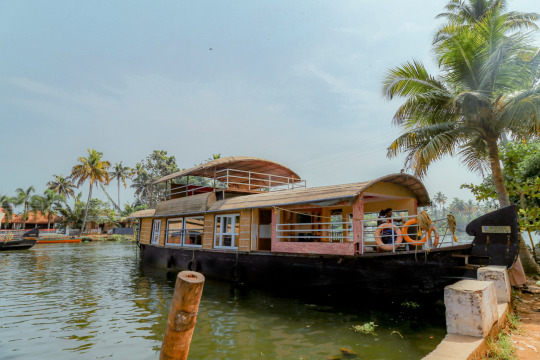



#houseboat Alappuzha#kerala#kerala tourism#tourism#houseboat#across the spiderverse#succession#star wars#taylor swift#ted lasso#the mandalorian#houseboats#exterior#alappuzha#trips#travel blog#tourisim#travels#tourist#trolls world tour#the eras tour#tour and travel
2 notes
·
View notes